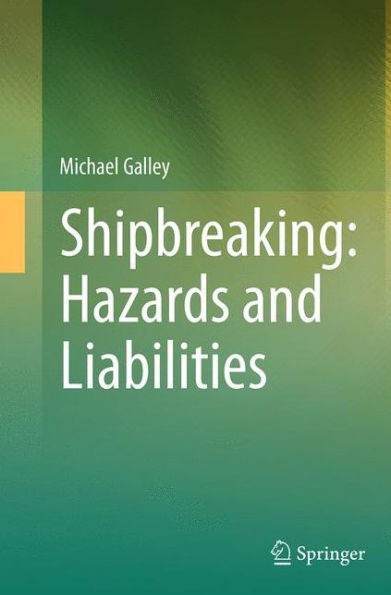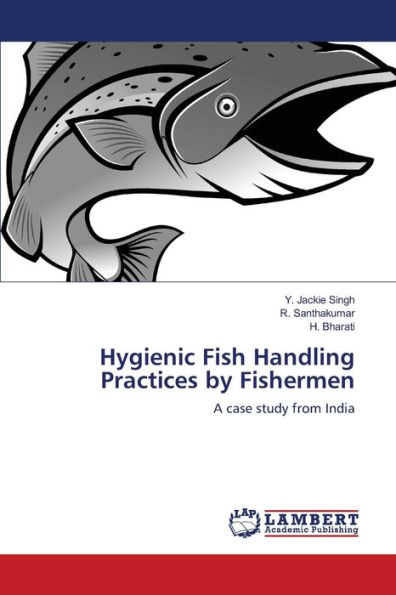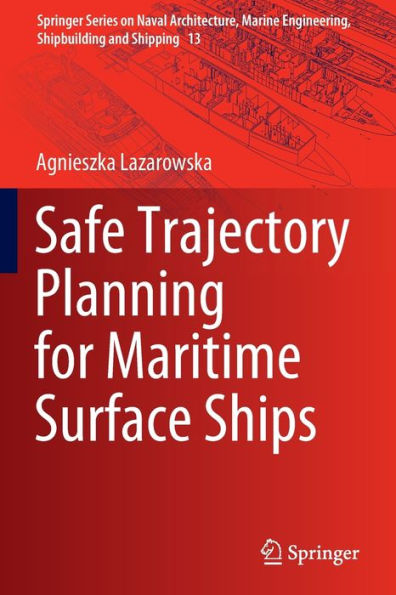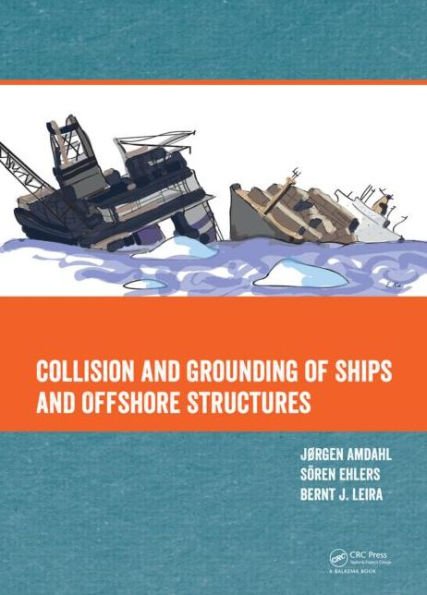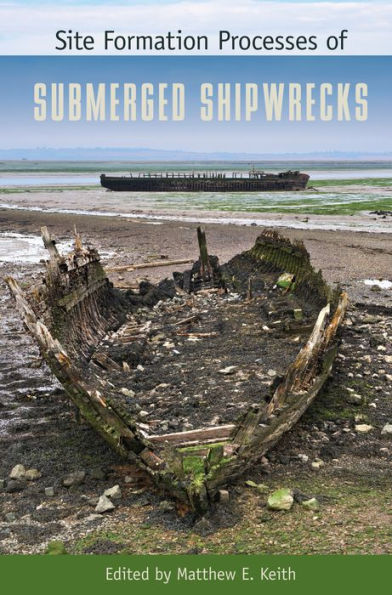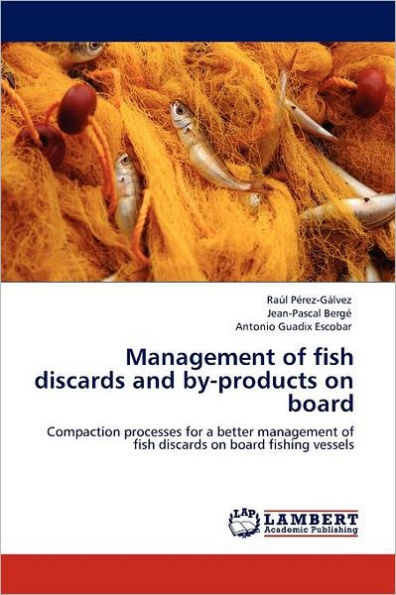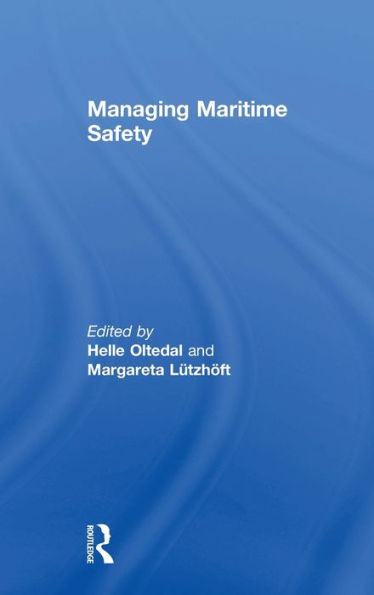Home
Safe Work Practices for Shipbreaking


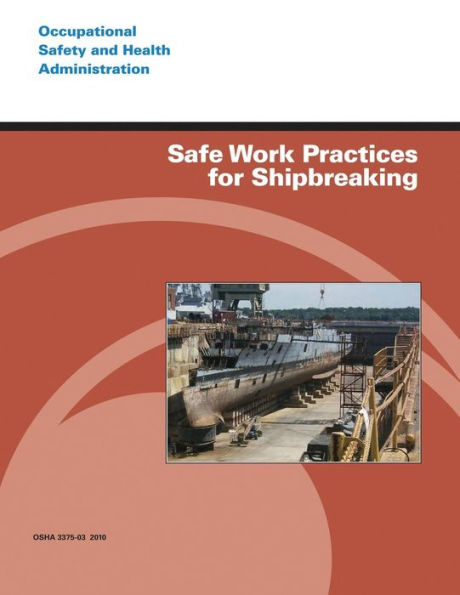
Safe Work Practices for Shipbreaking
Current price: $13.99
Loading Inventory...
Size: OS
Shipbreaking is a unique part of the maritime industry, primarily involving the dismantling and disposal of obsolete U.S. Navy and Maritime Administration ships, as well as commercial barges and mobile offshore drilling units. For many years, much of this work was contracted to overseas companies. However, in recent years the exporting of ships from the United States to foreign countries for scrapping has come under criticism due to concerns over worker safety and health, and adverse environmental impacts. As a result, the exporting of ships for scrapping was stopped by the Navy in December 1997 and by the Maritime Administration (MARAD) in January 1998. Consequently, shipbreaking by domestic companies is rapidly growing, and there is a need to improve shipbreaking (e.g., dismantling, ship recycling, or scrapping) processes to ensure the safety and health of these workers. Dismantling of vessels is usually conducted at a pier, drydock, or dismantling slip and includes a wide range of activities, from removing all gear and equipment to cutting down and recycling the ship's structure. The structural complexity of ships makes shipbreaking a challenging process. It involves many safety, health and environmental issues, including exposure to asbestos, toxic fumes, hazardous materials, noise, falling objects, lead and electrical shock, as well as dangers associated with heat stress, falls, heavy materials handling and fires. In light of the need to improve and manage the hazards associated with shipbreaking, this document is to be used as a basic guide for employers involved in shipbreaking activities. This document does not cover all of the regulations governing the occupational safety and health aspects of shipbreaking. However, it highlights important information through references and hyperlinks to OSHA regulations that can be used to help employers develop a comprehensive Safety and Health Management System (SHMS), encompassing all aspects of a facility's shipbreaking procedures and processes. The appropriate Code of Federal Regulations (CFR) provisions must be incorporated in all safety and health plans, and the safety processes and programs must be managed to reduce risk and provide a safe and healthful worksite for all workers. In addition, employers must be aware of and comply with all local and state regulations, which may be more stringent than federal requirements.
